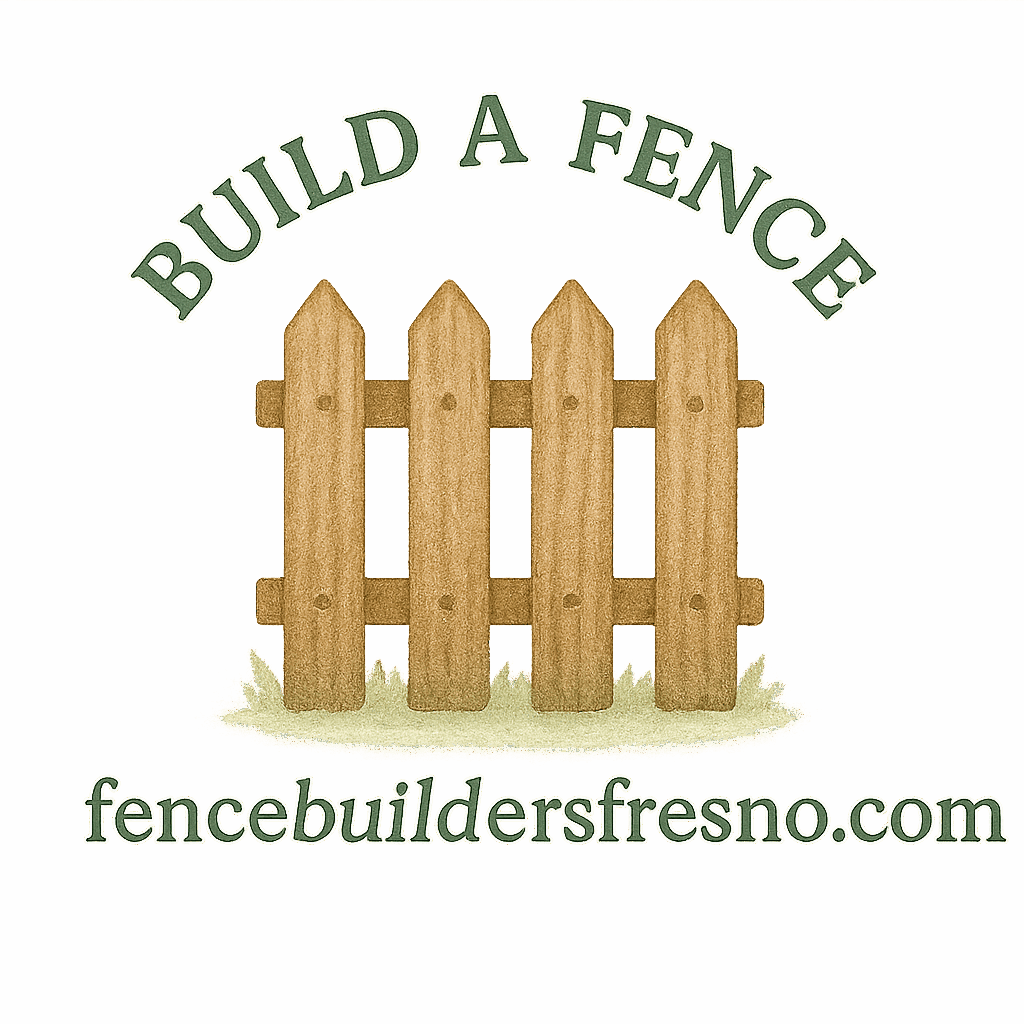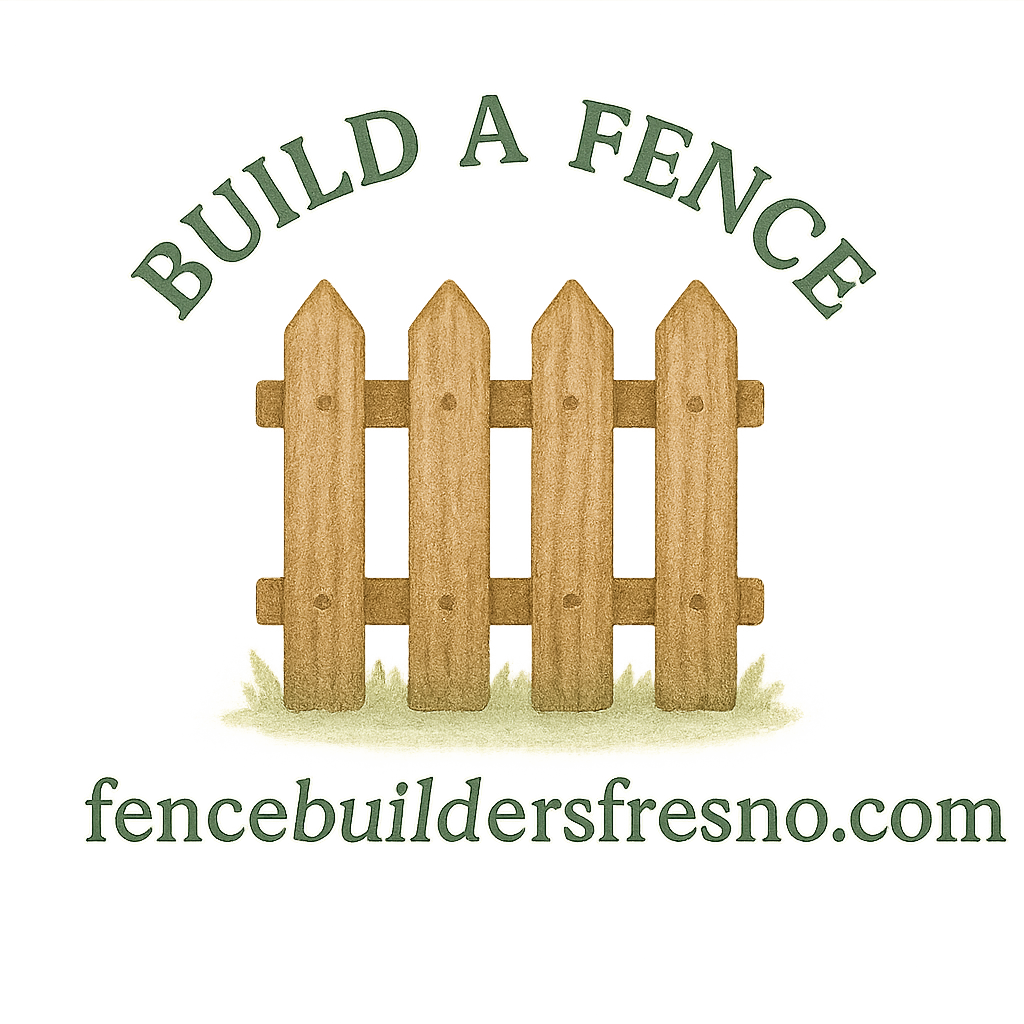Introduction: Why DIY Fencing Planning Matters
Building a fence yourself can be exciting—it feels empowering, saves money, and lets you design exactly what you want. But here’s the truth: many homeowners dive into DIY fencing projects without proper planning, and the results can be frustrating. From property disputes to weak materials, these mistakes can turn your dream project into a costly headache.
In this guide, we’ll uncover the 7 most common mistakes in DIY fencing planning and show you exactly how to avoid them. Whether you’re considering a simple wooden fence or a decorative vinyl design, this article will help you save time, money, and stress.
Mistake #1: Ignoring Property Lines
The Importance of Accurate Boundaries
One of the biggest DIY fencing blunders is building on the wrong side of your property line. Imagine investing days of labor and hundreds of dollars, only to realize your fence is partially sitting on your neighbor’s land.
Accurate property lines are crucial not only for legal reasons but also for keeping good neighborly relations.
Legal Disputes That Can Arise
Boundary issues can escalate quickly. In fact, fence encroachment is one of the most common causes of property disputes. If your fence crosses into your neighbor’s yard, you could face expensive legal battles or even be forced to tear down your new fence.

How to Avoid This Mistake
Always check your property lines before you dig. You can:
- Look at your land survey documents.
- Contact local authorities for official records.
- Hire a professional surveyor if needed.
👉 Related: Property line considerations.
Mistake #2: Choosing the Wrong Fence Type
Matching Fence to Purpose
Not all fences are created equal. A fence that works beautifully for privacy may not be ideal for security or decoration. Choosing the wrong type can leave you disappointed in both look and function.
Pros and Cons of Common Fence Types
- Wood fences: Great for privacy and aesthetics, but need regular wood fence care.
- Vinyl fences: Stylish and low-maintenance, see vinyl fence options.
- Chain-link fences: Affordable and durable, but not very decorative.
- Wrought iron fences: Strong and elegant, but more expensive.
Explore detailed fence type comparisons.
How to Pick the Right Fence
Ask yourself:
- Do I need privacy, decoration, or security?
- How much maintenance am I willing to do?
- What’s my budget for materials and installation?
Mistake #3: Skipping Local Regulations
Understanding Legal Requirements
Many DIYers forget that fence building is subject to local codes. Building too high or without a permit can lead to fines or even forced removal.
Common Permit Issues
Cities often restrict:
- Fence height.
- Materials allowed in front yards.
- Placement near sidewalks or streets.
Learn more about legal property considerations.
Avoiding Fines and Legal Trouble
Always check with your city’s planning office before starting. A quick call could save you thousands in penalties.
Mistake #4: Poor Planning of Fence Design
Overlooking Aesthetics and Function
Many DIY fences fail because homeowners don’t consider how the fence will look and function long term. A poorly designed fence can lower curb appeal instead of boosting it.
Design Planning Tips
- Choose a style that matches your home’s architecture.
- Consider visibility, security, and privacy balance.
- Plan for gates and access points.
Explore fence design and planning for inspiration.
Tools for Smart Planning
Use online fence planners or apps to visualize your project before picking up tools.
Mistake #5: Underestimating Maintenance Needs
High-Maintenance vs. Low-Maintenance Options
Every fence requires upkeep, but some more than others. Wood needs staining, while vinyl only needs occasional washing.
Planning for Upkeep
Factor in the time and cost of maintenance when choosing a fence. For instance:
- Wooden fences need sealing every 2–3 years.
- Vinyl fences require minimal upkeep.
Check out low-maintenance fencing options.
Long-Term Fence Care
Create a schedule for fence maintenance and repair to extend your fence’s lifespan.
Mistake #6: Cutting Corners on Materials
Why Cheap Isn’t Always Better
While it’s tempting to save money on materials, cheap fences often wear out faster and cost more in repairs.
Best Material Choices
Durable options like pressure-treated wood, vinyl, or aluminum might cost more upfront but pay off over time.
Explore durable fencing solutions.
Balancing Budget and Quality
Set a realistic budget and prioritize long-term savings over short-term cuts.
Mistake #7: DIY Installation Errors
Common Installation Mistakes
DIY fencing can fail due to:
- Posts not set deep enough.
- Uneven alignment.
- Weak connections.
Safety Concerns in DIY Projects
Poor installation can cause fences to fall, creating hazards for kids and pets.
When to Call a Professional
If your project feels overwhelming, consider professional fence installation.
Pro Tips for Successful DIY Fencing Projects
Budgeting Effectively
Plan for materials, tools, permits, and a little extra for unexpected costs.
Using the Right Tools
Invest in a post-hole digger, level, and quality fasteners for a professional finish.
Learning From Expert Guides
Use step-by-step DIY fence guides before starting your build.
Conclusion
DIY fencing can be a fun and rewarding project—but only if you avoid the most common pitfalls. From ignoring property lines to skimping on materials, each mistake can cost you time, money, and peace of mind. With careful planning, choosing the right materials, and following local regulations, you can build a fence that’s durable, functional, and beautiful.
FAQs
What is the most common DIY fencing mistake?
The most common mistake is ignoring property lines, which often leads to disputes with neighbors.
How do I check my property lines before fencing?
Review your property deed, request documents from your local office, or hire a licensed surveyor.
Which fence type is easiest for DIY projects?
Vinyl and wooden panel fences are usually the easiest for DIY beginners.
Do I always need a permit to build a fence?
Not always, but many cities require permits for fences over a certain height or in front yards.
How long does a DIY fence usually last?
A well-built wooden fence lasts 15–20 years, while vinyl can last 30+ years with minimal upkeep.
Can I mix fence materials for cost savings?
Yes! For example, you can use chain-link for the backyard and wood or vinyl for the front for aesthetics.
When should I hire a fencing professional?
If the project requires complex layouts, large areas, or specialized materials, hiring a pro is a smart choice.


